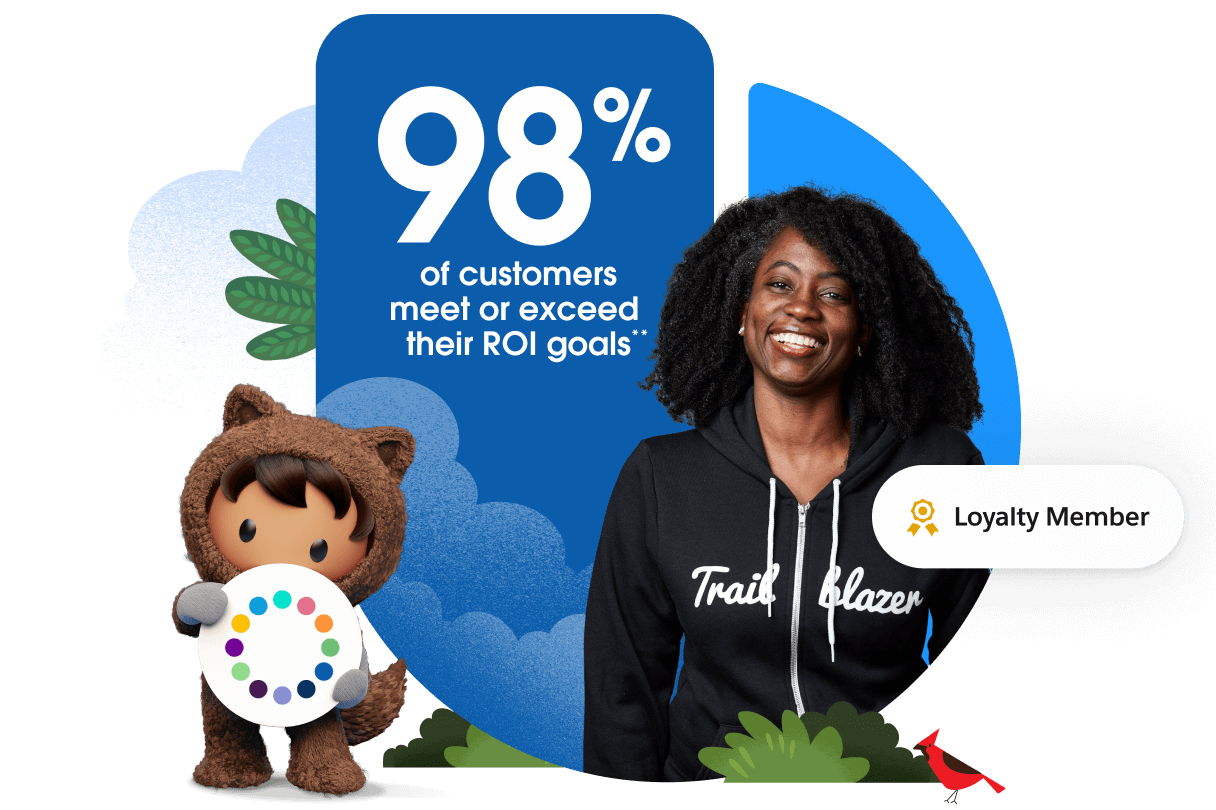Connecting small business departments is one of the best ways to leverage expertise and get the most out of the workforce. A lack of data sharing between departments can lead to inefficiencies. Team members may lack the understanding of how exactly their work fits into the bigger picture.
Just as importantly, businesses that haven’t empowered departments to share information do not give those departments a complete view of the business or the customer. This makes it more difficult to deliver exceptional service and relevant offers.

Compartmentalisation may have been the norm not long ago. But now, in an era of massive digital transformation, small businesses are smashing silos, cross-skilling workforces and getting connected. Traditional departments like sales are targeting a range of new channels and touchpoints – becoming much more data-driven. Other departments like marketing are leveraging AI to automate mundane tasks, freeing up their reps to focus on the customer.
As small business departments change, roles in those departments are changing as well. New training platforms make it easier for businesses to empower team members to work across functions and roles. And while the most popular organisational structure still prioritises grouping departments by expertise, it’s becoming more and more important to create flexibility and agility.
Let’s look at which small business departments are the most important and how those departments can be organised.
What are the six central functional units of a business?
The six central functional units are production, research and development, sales, marketing, human resources, and accounting/finance.
Some businesses, especially those with smaller teams, will combine these functions, requiring team members to take on multiple roles. Larger companies may have dedicated departments beyond the six functional business units, such as technology and equipment, business strategy, and purchasing.
Deliver success now
Learn how the right technology investments help you increase efficiency, improve results, and lower costs.

What small business departments are needed?
Some small business departments include:
- Administration/operations
- Research and development
- Marketing and sales
- Human resources
- Customer service
- Accounting and finance
Some small businesses may combine these departments, for instance, by making HR and customer service part of operations. Other companies may require additional departments, such as a dedicated IT unit. Others still may have just a small number of people handling all of these functions, especially if a business is starting.
Businesses with smaller teams can implement technologies to streamline processes and work smarter. For example, a business without an IT department can use cloud-based technologies that rely on off-site infrastructure and then utilise Salesforce’s Lightning Platform to create apps with no coding knowledge.
What is the structure of a small business?
Most small businesses use a functional organisational structure. This type of structure has both benefits and drawbacks. In a functional organisational structure, departments are separated by skill sets. This means that while team members are uniquely qualified to excel within their dedicated silos, they have limited insights into the business as a whole. Without a holistic view of the business, it’s difficult for these team members to support other functions and departments, even if their expertise could be helpful elsewhere.
What is the best organisational structure for a small business?
The best organisational structure for a small business is one that helps its workforce realise its full potential. How this is done depends on the nature of the company and its unique needs and objectives, but there are several things to consider.
Using a functional organisational structure where departments are separated by expertise is an excellent way to keep the workforce focused. But by going a step further to smash silos and unite data, businesses can empower their teams to provide support across departments, thus getting the most out of their workforce’s collective brainpower.
Flexibility and agility are increasingly important in the new normal. By upskilling and cross-skilling their teams, businesses can take a more hybrid approach to organisational structure. Digital, on-demand tools such as My Trailhead offer organisations a quick and easy way to cross-skill their workforce.
What departments are needed to run a small business?
Small businesses don’t usually have the same resources or objectives as their larger counterparts and occasionally have to be creative with their departments. This means that a small team or even a single person is responsible for handling various duties. That said, there are three essential departments needed to run a small business – even if those departments consist of just the owner.
- Sales and marketing: Sales are the lifeblood of small businesses, so every business will need to generate sales and build relationships. In a smaller company, this will often also include marketing and account management.
- Operations and production: While marketing and sales drive brand awareness and revenue, the operations department delivers on a business’s promise. This means handling production, fulfilment and customer service.
- Finance and administration: A finance department will track revenues and expenses, provide balance sheets, handle payroll and file end-of-year taxes. Admin functions typically include management and hiring.
Creational an organisational structure for your small business departments
A small business may have fewer resources than a bigger company, but that doesn’t mean it should lack structure. Having an organisational structure enables businesses to clarify roles and improve efficiency.
Small businesses can start creating an effective organisational structure by focusing on the three essential elements highlighted above: Sales and marketing, operations and production, and administration and accounting.
Look at what sub-roles these three small business departments might require. For example, sales and marketing may need a public relations executive, a copywriter or a digital marketing specialist. Operations may require an IT expert and service reps. Other functions, such as accounting and product development, might be handled by external contractors.
The future of small business departments is flexibility
A business should be able to transform its organisational structure to keep up with new objectives and needs, so maintaining flexibility is crucial. As technology and customer behaviour change, so will roles and responsibilities. And as businesses grow – or use technology to streamline their operations – their organisational structure should evolve along with them. With new customer-centric tools, on-demand training platforms, and innovative strategies that prioritise flexibility and agility, the sky is the limit for today’s small business.























